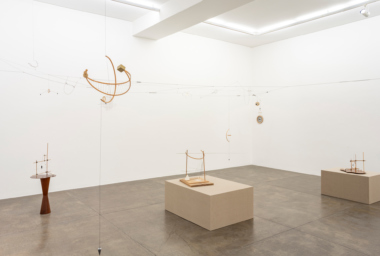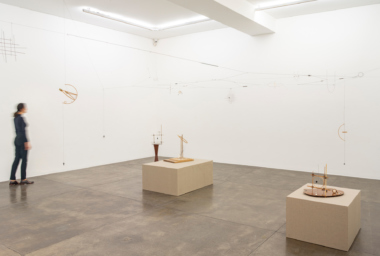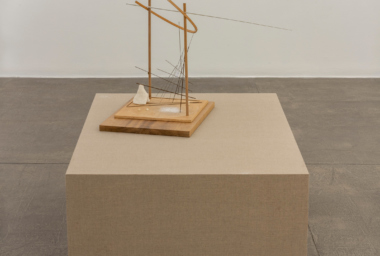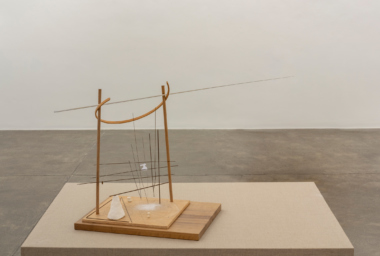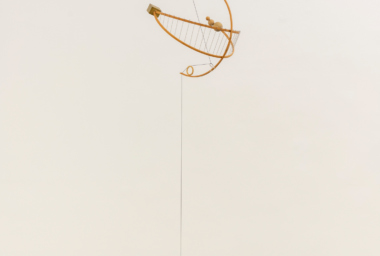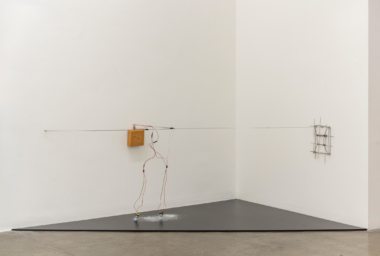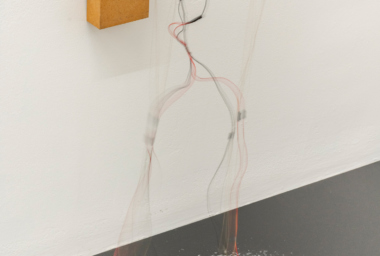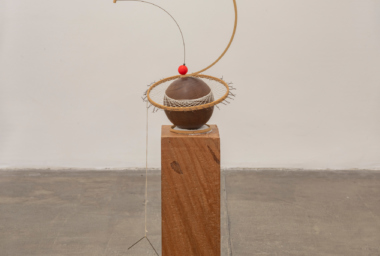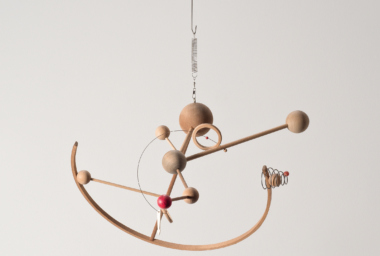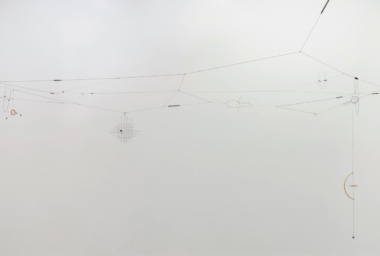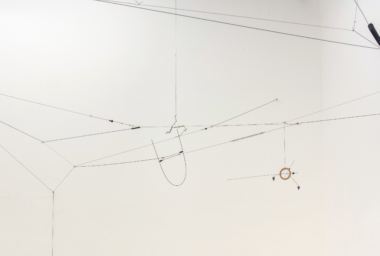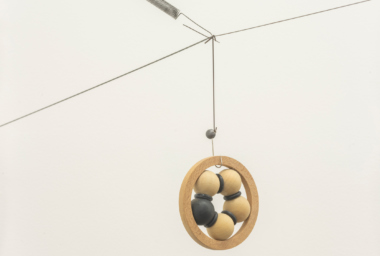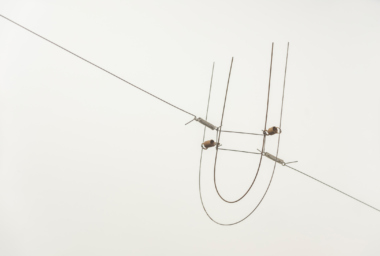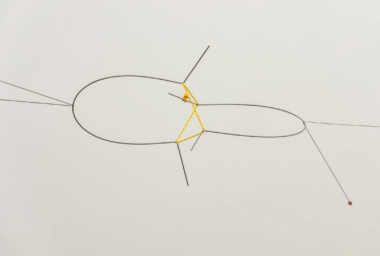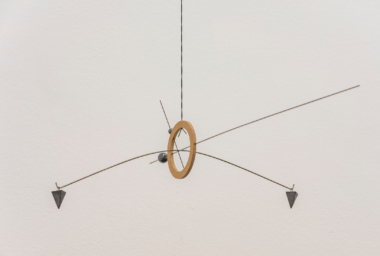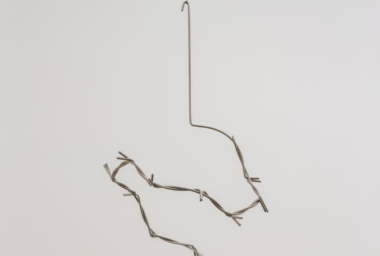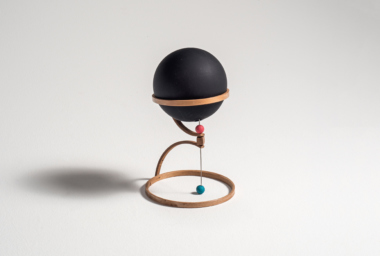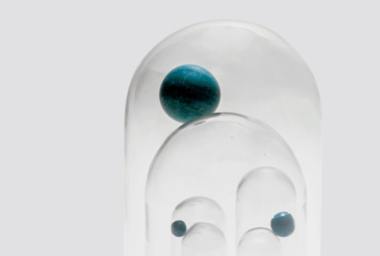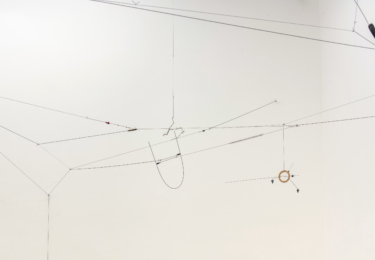
Carlos Bevilacqua
Reminiscences
Jun 25 – Aug 10, 2019
Opening
Jun 25, 7 pm–10 pm
Galeria
Rua Fradique Coutinho, 1500 - Vila Madalena, São Paulo
Directions
Download
In his latest exhibition at Fortes D’Aloia & Gabriel, Carlos Bevilacqua presents installation, watercolor and sculptures that operate within the constant tension between instability and balance, precisely in the semantic gap he defines as the “poetic instant”. For the opening, Editora Cobogó promotes the launch of the artist’s new monograph – which covers his 30-year career via images, studies and notes. The publication features an introduction by the artist himself, statements from colleagues, a critical essay by Paulo Sergio Duarte, and an interview by Luiz Camillo Osorio.
Bevilacqua summarizes his practice as follows: “I do not work with shapes. I work with forces”. He employs materials such as wood and steel in their most synthetic forms – the line, the dot, the circle, and the sphere – to then test their physical limits to the precise moment where those tensions find a new balance. Shape is, therefore, an expression of force, which is a result of the interaction between each of the elements potential energies. Ensaios para Linha Concreta / Intervalo (Essays for Concrete Line / Interval, 2019) comes from this practice and displays a complex structure of wire ropes crossing the gallery from wall to wall. Each section of straight lines that comprise this aerial installation is interrupted by elements (springs, parabolas, circles), which, in turn, operate as intervals in the propagation of energy across the entire web. In other pieces, such as Estrelas Fixas (Fixated Stars, 2019) and 3 Luas e o Cubo de Ouro (3 Moons and the Golden Cube, 2015), the imbricated force dynamics operate at a fluid and variable scale, revealing the freedom with which Bevilacqua moves from micro to macro scale.
In the original series Paletas e Fantasmas (Palettes and Ghosts, 2019), the artist employed painting palettes that instead of holding paints or brushes, carried sculptural elements that created sets or “symbolic traps”, as he describes. The reference to painting also reverberates in the new set of works by the exhibition entrance, where color serves as the unifying link. Presenting a watercolor for the first time in his career – Maçã 3 (Apple 3, 2019) –, Bevilacqua combines the vibrant figure from this work with the colorful spheres that punctuate the sculptures O Vermelho Originário (Original Red, 2017) and O Vermelho da Noite (Night Red, 2019).
Carlos Bevilacqua was born in Rio de Janeiro, in 1965, where he lives and works. After studying architecture in Brazil, he attended the New York Studio School of Painting, Drawing and Sculpting (New York, 1991–1993). Highlights among his exhibitions, include solo shows at MAM Rio (Rio de Janeiro, 2000), MAM-SP (São Paulo, 1992) and most recently, Indeterminado at Centro Cultural Candido Mendes (Rio de Janeiro, 2019). He has participated in group shows such as Lugares do Delírio, SESC Pompeia (São Paulo, 2018) and MAR (Rio de Janeiro, 2017); Intervenções Urbanas, Museu da República (Rio de Janeiro, 2016); Calder e a Arte Brasileira, Itaú Cultural (São Paulo, 2016); Desejo da forma, Akademie der Künste (Berlin, 2010); Um Mundo Sem Molduras, MAC-USP (São Paulo, 2009). His work is included in Instituto Inhotim, MAM Rio, and MAC-USP collections, among others.


